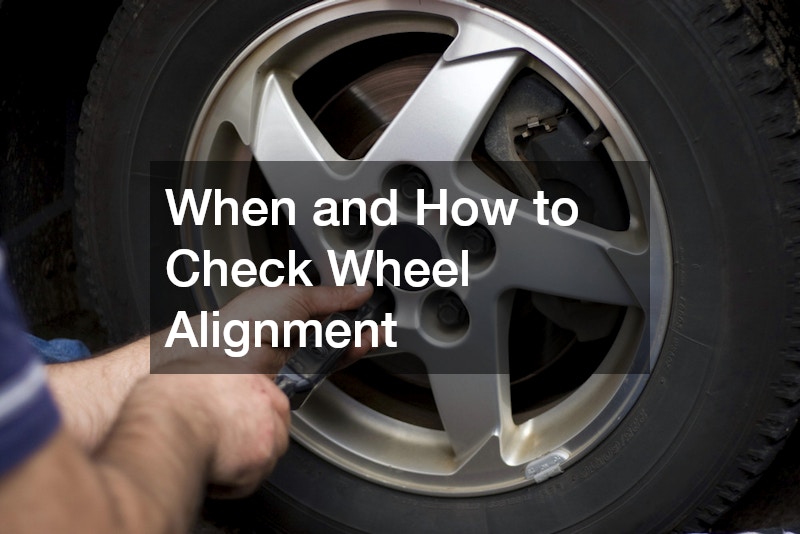Wheel alignment is a crucial aspect of vehicle maintenance that many drivers might overlook. It involves adjusting the angles of the wheels so that they are set to the manufacturer’s specifications.
Proper wheel alignment is essential for maintaining the safety, performance, and efficiency of a vehicle.
What is Wheel Alignment?
Wheel alignment refers to the process of modifying the angles of a vehicle’s wheels to ensure they are perpendicular to the ground and parallel to each other. The primary angles involved in alignment are camber, caster, and toe. Each of these angles affects the handling characteristics and the wear patterns of the tires.
When the wheels are correctly aligned, a vehicle can level out its weight distribution, ensuring even tire wear across all four tires. This equal distribution reduces the chance of premature wear on one side of the tire, which can lead to costly replacements. Alignments can become necessary due to normal driving conditions that cause gradual shifting of wheel positioning over time.
Misalignment often results from encounters with potholes, curbs, or general aging. It’s common that drivers may not immediately recognize misalignment, as it can develop gradually and subtly impact the vehicle’s operation. Regular checks can help identify when alignment correction is needed to prevent more significant issues down the line.
Importance of Wheel Alignment
Maintaining proper wheel alignment is essential for the safety of your driving experience. Misaligned wheels can cause a vehicle to pull to one side, making it difficult to steer safely, especially at higher speeds. Safety concerns escalate with varying weather conditions, as misalignment can affect traction and braking ability.
Beyond safety, wheel alignment is critical for achieving optimal fuel efficiency. When wheels are misaligned, more friction occurs between the tires and the road, leading to a decrease in fuel economy. Aligning your wheels ensures that your vehicle can travel in a straight line without unnecessary resistance, thus conserving energy.
Moreover, proper alignment can extend the lifespan of your tires and suspension system. Misalignment results in uneven tire wear, which can cause the need for early replacement. Additionally, the stress on suspension components can lead to more frequent maintenance issues, increasing repair costs over time.
When and How to Check Wheel Alignment
Regular inspections are crucial for identifying alignment issues early. It is generally recommended to have wheel alignment checked at least once a year or every 10,000 miles, whichever comes first. Particular attention should be given after hitting a pothole or curb, which are common culprits of misalignment.
Many signs can indicate that your wheels may be out of alignment. If you notice uneven tire wear, drifting to one side, or a steering wheel that’s not centered when driving straight, it’s likely time for an alignment check. Regular checks can prevent these problems from affecting the overall performance of the vehicle.
Wheel alignment is typically performed using a specialized machine that precisely measures and adjusts each wheel. A technician will make the necessary adjustments to set the camber, caster, and toe angles back to manufacturer specifications. This process ensures that your vehicle handles properly and that you get the most out of your tires and fuel.
Wheel alignment is a fundamental component of vehicle maintenance that impacts safety, efficiency, and comfort. Ensuring that your wheels are properly aligned can prevent a host of potential issues, saving money and improving your driving experience. Regular checks and maintenance should be a priority for every responsible car owner to maintain their vehicle’s longevity and performance.

